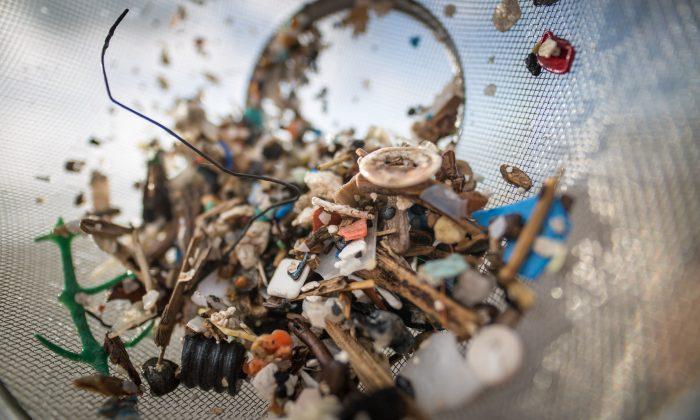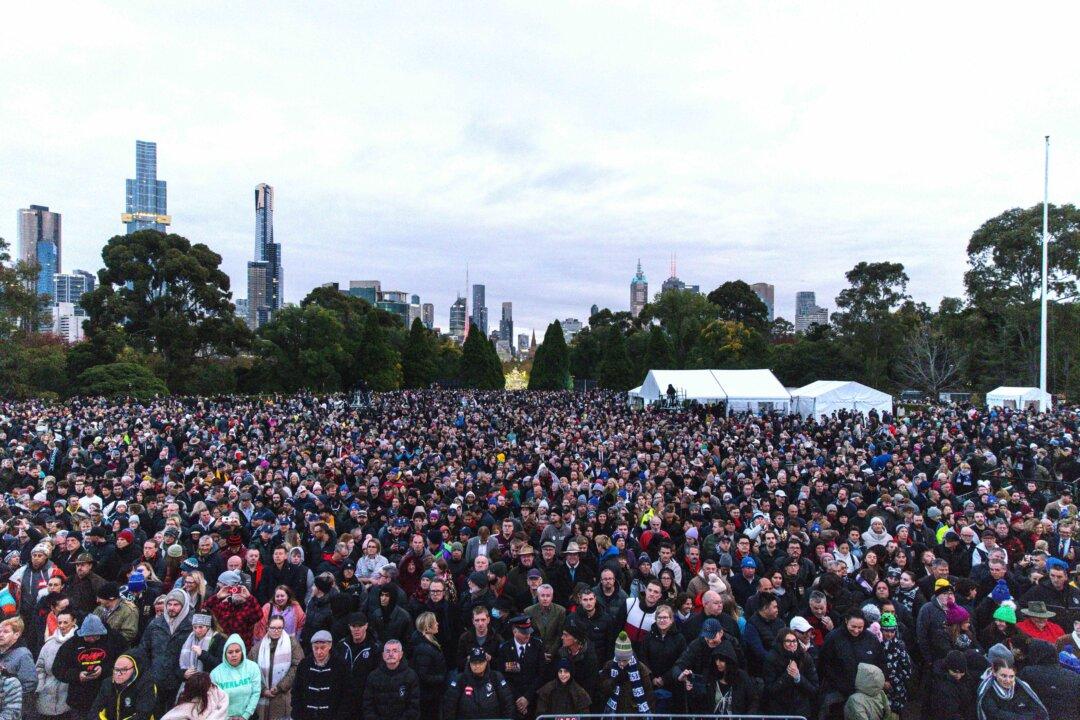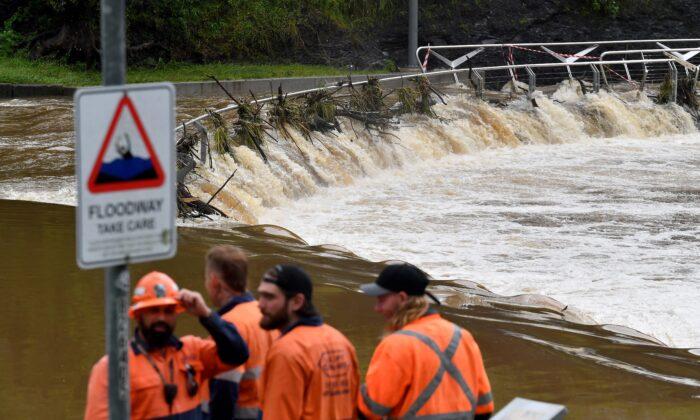The CSIRO (The Commonwealth Scientific and Industrial Research Organisation) has estimated there are 14 million tonnes of microplastics on the seafloor—twice the amount of plastic pollution estimated to be on the ocean’s surface.
Justine Barrett from CSIRO’s Oceans and Atmosphere who led the world-first study, published on Oct. 6, said researchers collected and analysed samples in order to estimate the huge amount of seabed microplastic.
“Plastic pollution that ends up in the ocean deteriorates and breaks down, ending up as microplastics,” Barrett said.
“The results show microplastics are indeed sinking to the ocean floor.”
The research is the first global estimate of how much microplastic there is on the seafloor.
Millions of tonnes of plastic enters the marine environment every year and quantities are expected to increase in coming years despite increased attention on the detrimental impacts of plastic pollution on marine ecosystems, wildlife and human health.
The samples were collected using a robotic submarine in depths to 3000 metres at sites up to 380 kilometres offshore from South Australia.
The amount of microplastics recorded was 25 times higher than estimates in previous deep-sea studies.
Based on the results of deep-sea plastic densities and scaling up to the size of the ocean, the researchers calculated a global estimate.
Denise Hardesty, Principal Research Scientist and co-author, said the results showed there was an urgent need to find solutions.
“Our research found that the deep ocean is a sink for microplastics,” Hardesty said.
The number of microplastic fragments on the seafloor was generally higher in areas where there was also more floating rubbish.
“We were surprised to observe high microplastic loads in such a remote location.
“This will help to inform waste management strategies and create behavioural change and opportunities to stop plastic and other rubbish entering our environment, she said.






Friends Read Free